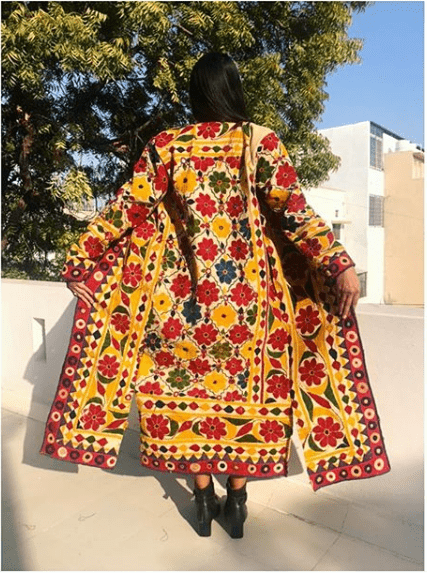
Table of Contents
Origin Of Banjara Embroidery in Karnataka:
Lambani, also known as Banjara or Banjara Lambanis, represents a nomadic community that originally migrated from Rajasthan and North Gujarat in India and spread across the country prior to the Mughal era. They were referred to as the Gypsies of India and used carts to travel, carrying their belongings with them. During the 17th century, Banjaras assisted the Mughal Emperor Aurangzeb in exporting goods to the South, which marked their initial movement towards the southern regions facilitated by improved transportation infrastructure. Subsequently, some families decided to settle in Karnataka and Andhra Pradesh, in addition to other states like Rajasthan, Madhya Pradesh, Gujarat, and Maharashtra. Within Karnataka, they predominantly settled in the northern part, with Bijapur being a district that houses a significant population of Lambanis.
The Lambanis embraced a lifestyle free from the confines of urban boundaries, reflecting a sense of liberty. They are often characterized as hardworking, resourceful, resilient, self-assured, and honorable. This spirit of limitlessness and freedom is intricately woven into the fabric of Banjara embroidery designs. The traditional craft has been passed down from generation to generation, with Banjara communities striving to preserve the artwork inherited from their ancestors.
Banjara embroidery
The art of Banjara embroidery embodies a lively fusion of vivid threads, elaborate designs, reflective embellishments, stitching methods, and the incorporation of appliqué or patchwork, resulting in a truly unique and captivating aesthetic.. The embroidery is executed on thirteen different hues of base fabric, with dark blue and red being commonly used. The base fabric traditionally consisted of hand-loomed cotton khadi, although readily available fabrics are also incorporated nowadays. The cloth is dyed using chemical or vegetable dyes derived from Rathanjot/alkanet (a red dye obtained from the roots of a herb), Kattha/Catechu (a vegetable extract used for dyeing and tanning), Chawal Kudi, pomegranate peel, and other natural sources.
Types of Stitches:
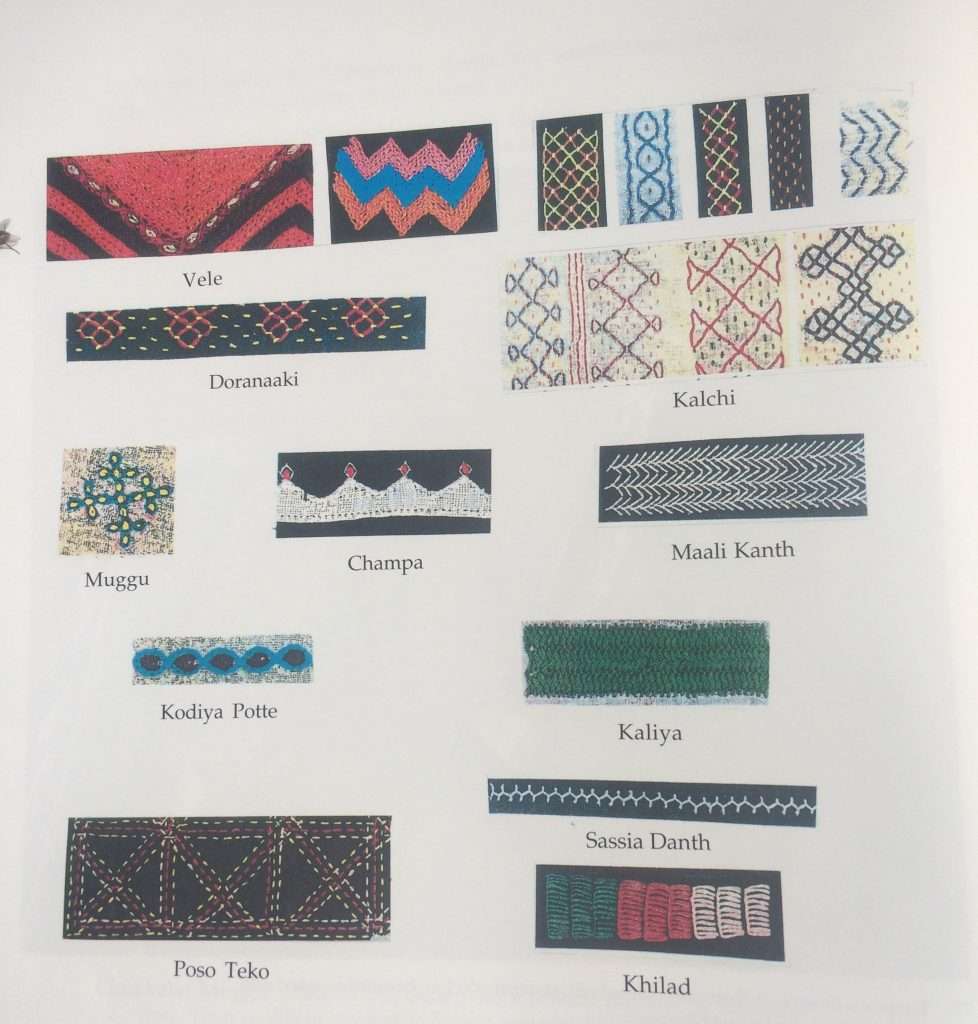
Vele: It represents a series of parallel lines stitched closely together, serving the purpose of filling spaces and completely covering the underlying fabric.
Kalchi: Initially, the Doranaaki stitch is executed, followed by intertwining a thread through the dots to form horizontal patterns.
Champa: It involves creating a series of triangles along the garment’s edge by folding a narrow strip of fabric.
Muggu: Dots are evenly spaced and surrounded by Vele stitches, creating a line. Banjaras utilize this technique in front of thresholds.
Maali Kanth: Commonly known as the herringbone stitch, it can be executed in single or multiple lines.
Kodiya Potte: Chain stitches are worked in two undulating lines, forming a linked chain. The center of each link is filled with a thread of a different color.
Poso Teko: Running stitches are used to form several lines and geometric patterns.
Sassia Danth: This stitch, known as “rabbit’s teeth,” is created using small stitches to form a triangular edge.
Khilad: Buttonhole stitch is employed for edging purposes wherever necessary.
Chukkaler Muggu: Doranaaki is executed with a specific number of dots, and then geometric flower motifs are interwoven, similar to Rangoli or floor decorations.
Alli: Doranaaki is formed with the desired number of dots, resulting in a diamond-shaped motif.
Maaki: This stitch consists of narrow vertical loops that appear as a single line.
Rela: A sequence of closely interlocked vertical loops, creating a stitch with intricate detailing that is barely visible.
Gaddar: Small rectangular blocks of satin stitch are executed using one or three colors to form a triangular pattern.
Saadri Gaddar: Rectangular blocks of gaddar are alternated with blank spaces, typically created using a single color.
Teka: Small stitches that intersect each other at the end of each stitch.
Jhinjhini: Vele stitches are used to form triangles and a base line.
Jaalir Butti: This stitch forms closely spaced arches, resembling a net.
Muggu Phool: It involves outlining a flower with eight petals using vele stitches and occasionally filling it with alternating colors.
Few Products of Banjara Embroidery:
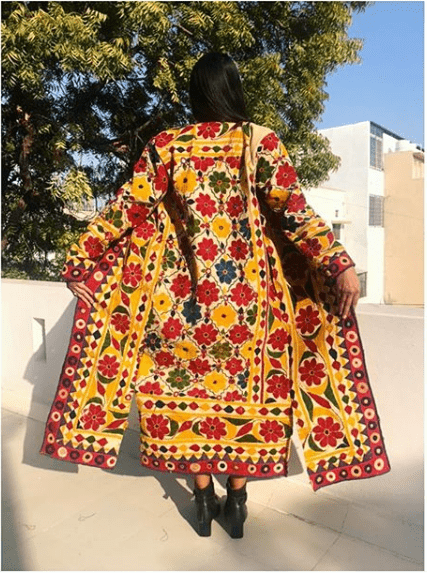
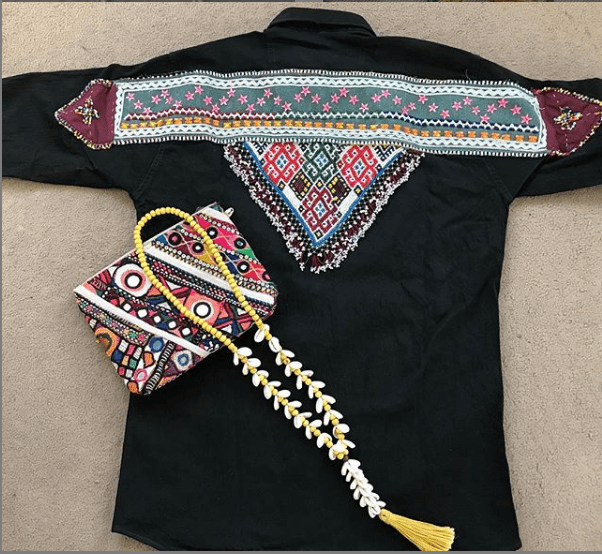
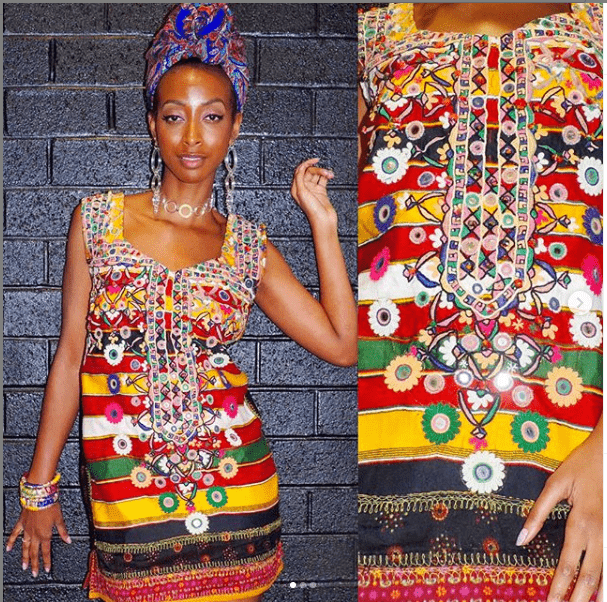
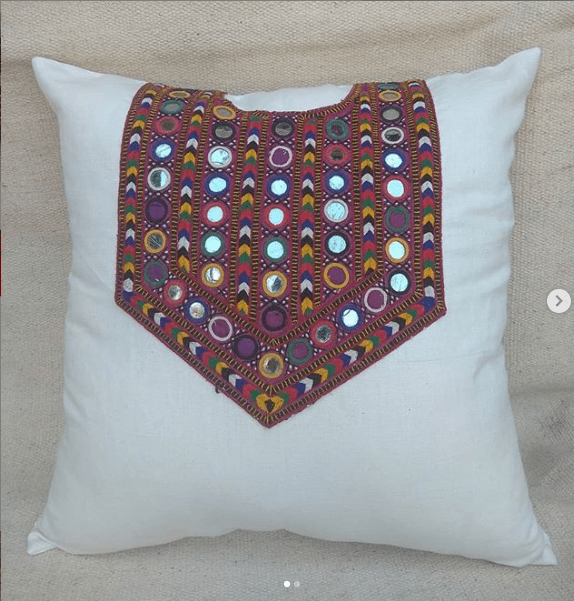
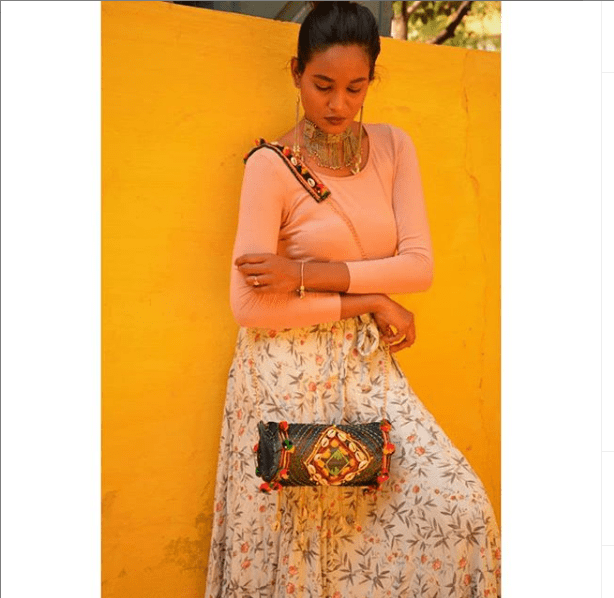
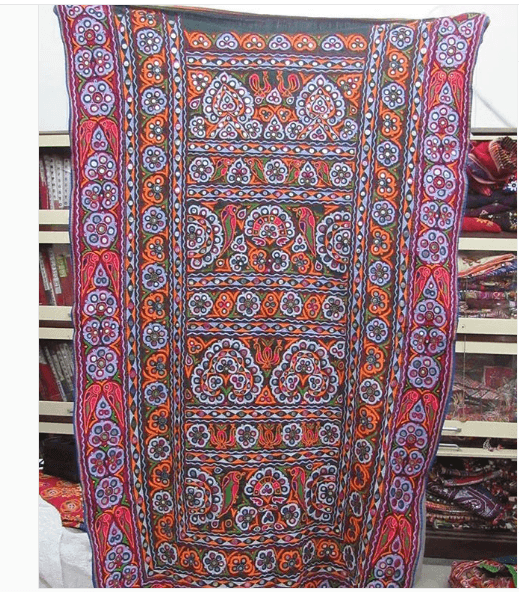
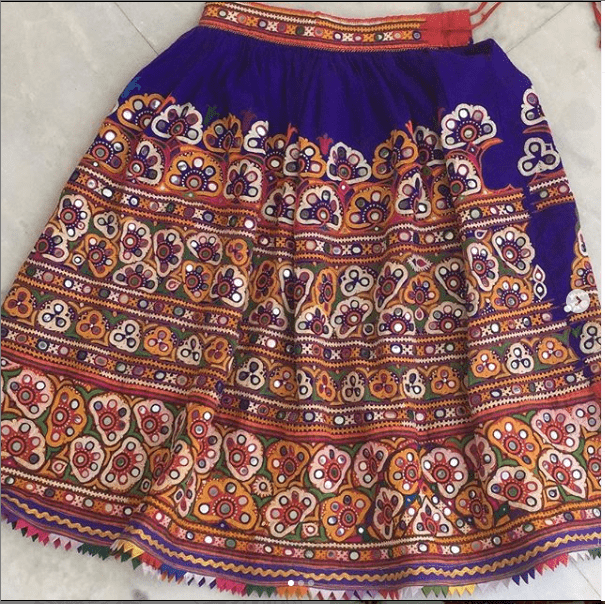
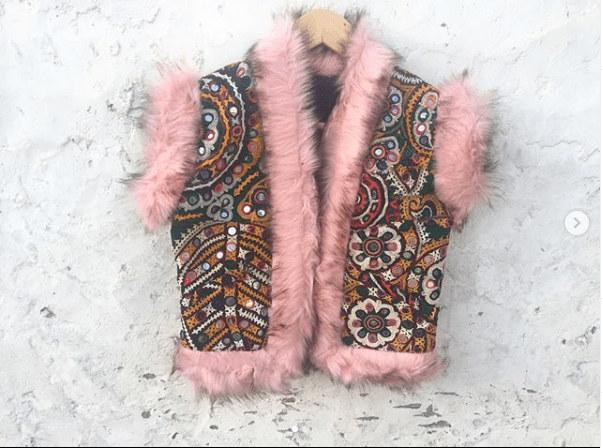
Present Situation: The majority of Banjara families are engaged in agricultural activities, while others pursue labor work in urban areas. As times have evolved, the Lambanis have made efforts to adapt to society. Since they do not possess their own farms, they work on others’ lands and receive wages. The younger generation, feeling uneasy with the weighty traditional attire, has embraced casual clothing, leading to a gradual disconnection from their traditions and cultural heritage.
One thought on “India-Karnataka: Banjara Embroidery”